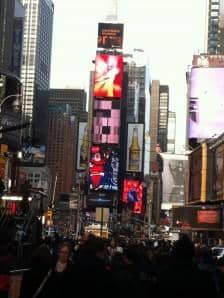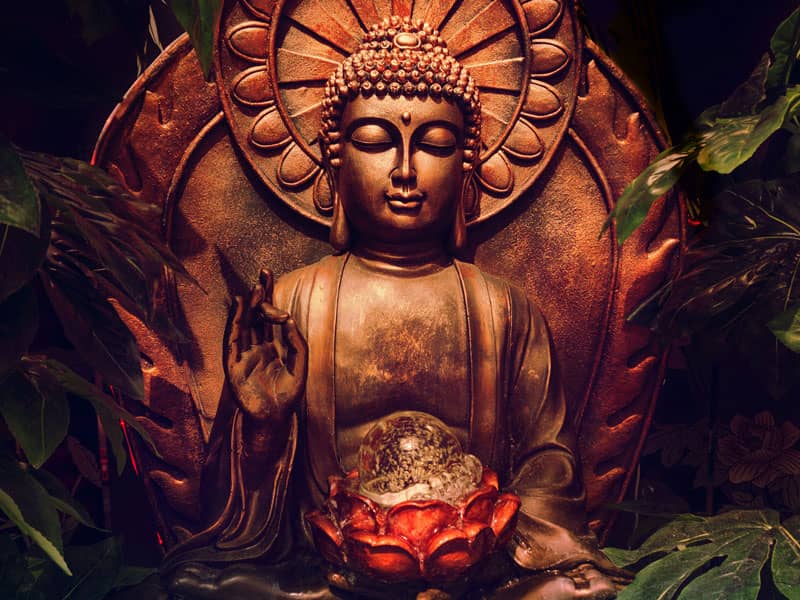Mid-January marks the celebration of Mahayana Buddhist New Year celebration (although many Mahayana Buddhist such as Japenese Zen, celebrate the New Year on December 31st).
The New Year is a funny holiday for Buddhists. When you invite mindfulness into your life and endeavor to practice it always, every moment holds the same potential as the passing of the calendar year. As one of my students put it, "Happy New Instant."
The New Year is a time to reflect, not that this should just happen once per year. But this is the big one and the most ambitious and, perhaps the most impermanent. Most of the resolutions will fade shortly after the New Year. Gumption will wane, no doubt. How to maintain gumption in the New Year? I'll address that later.

In Japan (and in Japan-like climes of Northeast Vermont) there will be a different kind of celebration. From 5:00 to 5:45 meditation. Nothing can surpass this as a testament to the New Year. Contemplating being; breathing, and unfolding into this moment.
Then, once you've grounded yourself in the simplicity of Zazen practice you are ready to reflect on your life for the past year. What went well? What didn't go well? Did you notice any patterns? Based on what you've noticed what are you're intentions for the New Year? This is a way to move into the New Year with a modicum of awakening, and perhaps more.
Karma is a bitch. All our actions lead to consequences. And we have to live with these consequences. Some delectable; some revolting.Since we've accumulated this karma we need to do something with it. Enter the fire ceremony. You write on a slip of paper, fold it, and wrap it with intention. This paper stands as a symbol. "I relinquish this karma, open myself to new possibility, and free myself in this moment. The folded slip of paper goes into the fire. Each participant goes up in turn, pauses, reflects and then drops the paper into the fire. The fire burns the karma.
Karma is the accumulated fires of life. Each time we burn in desire, we collect karma. Each time we act we face the prospect of new karma and the old karma exerts its influence on this moment. If you can burn that karma you can clear a space that allows the next action to be free, spontaneous, and beneficial.
The fire ceremony clears. Then it's time for celebration (and this is the first celebration at 7:30). First celebrate; then meditate. Now for an hour and forty-five minutes.
At 10:13 PM the bell ringing ceremony begins. For 108 minutes, on the top of the minute, a bell is run marking the approach the midnight. At midnight, all the bells ring in celebration (listen here).
At midnight another celebration follows with tempura and udon noodles. In Japan, the monks may imbibe in sake. Happy New Year!
Obviously, this is a different kind of celebration. More deliberate, thoughtful, and sublime. From the Buddha's perspective it's all the dance of life. One version is not inherently better than the other. However, one might facilitate awakening more so. You can awaken in the Times Square crowd. It's possible, if more difficult than awakening at the Zen Temple. You can go through the motions at the Zen temple, but not awaken.
Every moment holds the potential for awakening, every moment in every circumstance. Intention makes the difference. So, make your intentions for the New Year. Open to the sheer beauty and possibility of this moment.
Arnie Kozak, Ph.D., Mindfulness-Based Psychotherapist, Author, and Speaker; Clinical Instructor Departments of Psychiatry and Medicine, University of Vermont College of Medicine. Read his blog, Mindfulness Matters.

